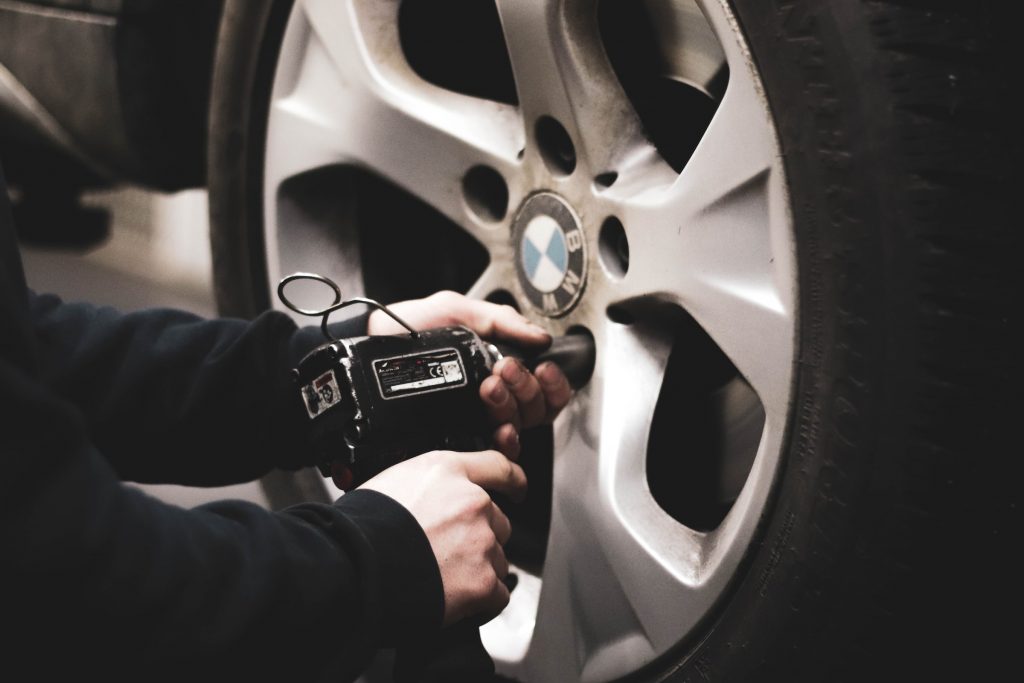When designing a vehicle, all the angles of the wheels are perfectly aligned. But by driving on imperfect roads, these angles shift and lose their parallelism. When not detected and repaired, a minor misalignment can result in heavy repair bills. At worst, it can cause an accident. So, without further ado, let’s dive into this blog and learn some of the signs to identify a tire misalignment.
Tires wear oddly

In general, it is recommended to rotate the tires according to a given mileage, depending on the vehicle. This allows the tires to wear at the same rate, starting with the tread. Tires that wear evenly promote a smooth ride. In addition, you will have the opportunity to replace them at the same time.
When your vehicle suffers from misalignment, you will notice unusual wear patterns on your tires. You will literally notice that your tires wear a lot more on one side than the other. The lack of parallelism is the cause of this unusual wear. You should therefore consult a professional as soon as possible.
The vehicle pulls to one side.
It is easy to check the parallelism of the tires when driving on the road with little traffic. Start by taking both hands off the wheel and letting the vehicle steer down the road. If you find that it moves in a straight line, then rest assured, there is no parallelism problem.
But if the vehicle veers to a particular side, put your hands back on the steering wheel and reposition it. If it continues to deviate to the same side, then your vehicle has a lack of parallelism. The more the vehicle moves away from the straight line, the more the lack of parallelism is glaring. If this problem is not fixed as soon as possible, you will have difficulty driving your vehicle in a straight line.
The steering wheel is irregular.
When driving on an absolutely flat, straight stretch, your vehicle’s steering wheel should stay centered and straight. It may deviate if the section is curved to the left or the right for drainage reasons. But in the end, he must stay straight. A simple trick to check it is, therefore, to closely observe the emblem placed in the center of the steering wheel.
If you notice a slight tilt of the emblem (regardless of direction), your vehicle has a misalignment. This warning sign shows up much more with front-wheel-drive vehicles. If the latter remains straight when you drive on a flat and straight road, then your tires are aligned. The professional will take care of correcting the alignment of your tires with your steering column. This way, your steering wheel will be centered again, and it will be easier to control the vehicle.
The steering wheel vibrates

By keeping your steering wheel on during a journey, you can easily feel the swelling in the relief. But when you go through them, your steering wheel should not vibrate in any way. If this happens, then it is an imbalance or misalignment of your tires. Misalignment often causes steering wheel vibration when driving off-road. You also feel them if you drive over a pothole.
However, when your driving speed is low, the vibrations may disappear. They resurface and get stronger as you drive down the highway. This is because, on the highway, your speed increases, and your tires spin faster. Over time, if you do not consult a professional, the vibrations will increase. You risk losing control of your steering wheel and even having an accident.
Sound off in the comments section below, and tell us what you want to read next and if you want to read more about tires.




